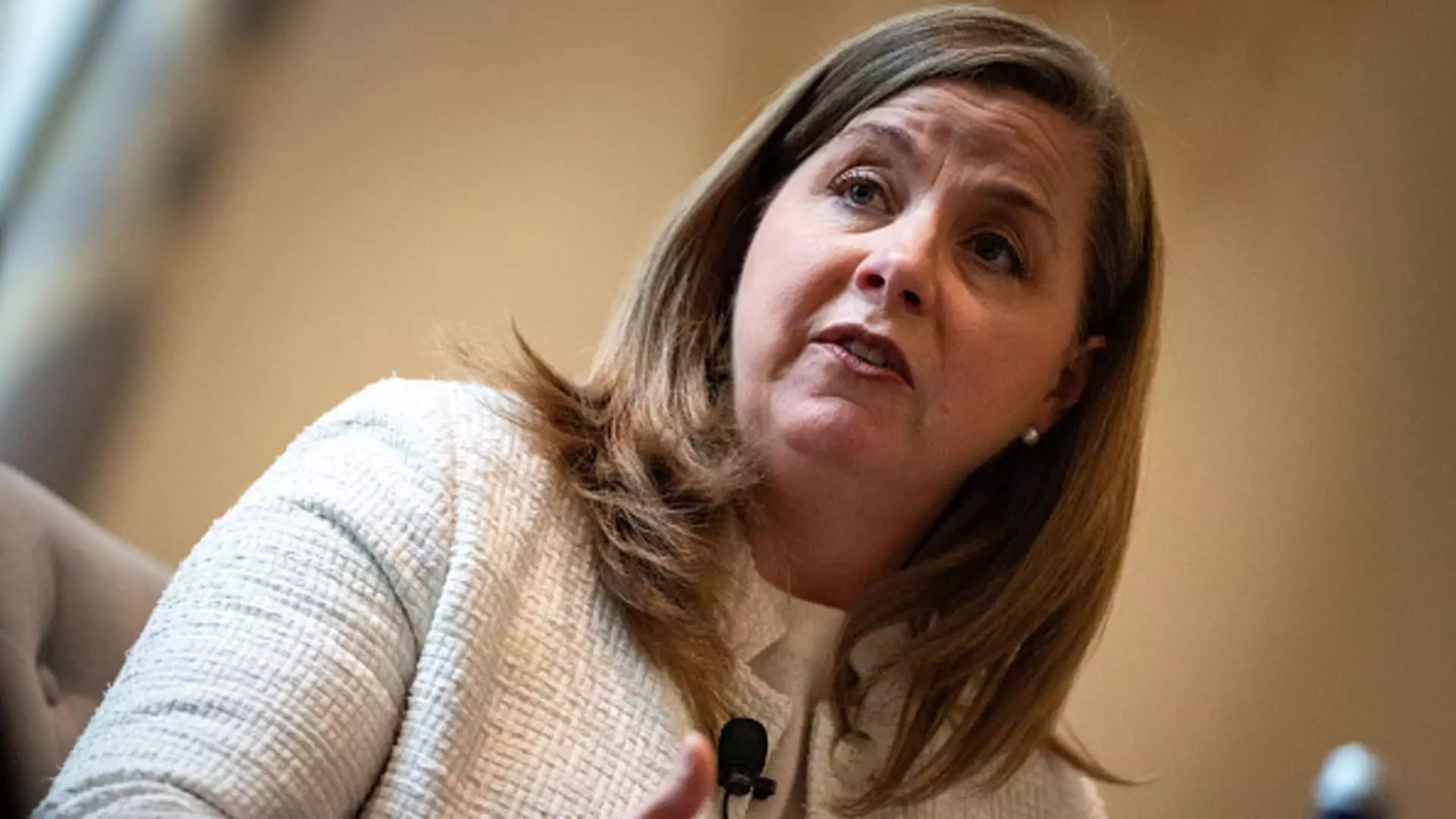In recent discussions surrounding monetary policy, Federal Reserve Governor Michelle Bowman has articulated a measured stance on interest rate adjustments. Following the recent rate cut of a quarter percentage point in December, Bowman expressed her belief that this adjustment should mark the end of the current cycle of rate reductions. Her insight sheds light on the broader implications of such policy shifts, particularly with regard to ongoing inflationary pressures.
Bowman acknowledges that inflation has persistently hovered above the Federal Reserve’s target of 2%. According to her assessment, despite the central bank’s previous actions to recalibrate monetary policy, the current climate necessitates a cautious approach. She argues that the existing rate feels neutral—neither spurring economic growth nor constraining it. This positioning indicates that while she recognizes the rationale behind past cuts, she remains skeptical about any further reductions in the near future.
Digging deeper into inflation metrics, it becomes evident that the Fed’s preferred inflation gauge indicated a 2.4% rate in November. More alarming is the core inflation rate, which excludes volatile food and energy prices and stood at 2.8%. This figure, viewed as a more reliable long-term measure, is concerning to Bowman, as it suggests that the groundwork laid for a sustainable economic environment may not be as stable as initially hoped.
Bowman’s remarks align with a broader sentiment echoed in the recent January meeting minutes from the Federal Open Market Committee (FOMC). Several committee members articulated worries about inflation rates, although many remained cautiously optimistic that these rates would eventually revert to the desired 2% level—estimated to occur by 2027. This blend of anxiety and optimism illustrates a complex economic landscape, one that requires a nuanced approach to policymaking.
Interestingly, not all Federal Reserve officials share Bowman’s cautious outlook. Fellow Governor Christopher Waller recently highlighted a more sanguine interpretation of inflation trends, suggesting that observed price moderation may balance out the input values that tend to inflate perceived rates. This divergence exemplifies the variety of perspectives within the Federal Reserve, particularly regarding the appropriate course of action for interest rates moving forward.
Moreover, the sentiment among regional presidents—such as Susan Collins of Boston and Patrick Harker of Philadelphia—leans toward the potential for further rate reductions later in the year, although at a slower pace than previously anticipated. This myriad of views points to an institution grappling with its identity and responsibilities in a fluctuating economic context.
Bowman’s insights extend beyond mere monetary policy. She also provided commentary on the incoming administration and its possible impact on the Federal Reserve’s operations. With political shifts often influencing economic environments, Bowman advised her peers to wait before forming conclusions about how new leadership might affect issues like tariffs and immigration. Such political factors add another layer of unpredictability to the economic landscape, prompting the Fed to proceed with caution.
The relationship between interest rates and overall economic activity remains a focal point for Bowman. She cautions against overly aggressive loosening of policies, especially considering recent stock market gains and rising Treasury yields that signal restrained economic activity rather than growth. With this in mind, Bowman’s preference for a conservative approach to further policy adjustments resonates with the overall strategy of maintaining balance in the economy.
Federal Reserve Governor Michelle Bowman’s discourse on interest rates embodies a complex interplay of caution and optimism. By supporting the recent rate cuts while simultaneously advocating for a halt in further reductions, she advocates for a balanced approach in navigating the uncertainties of inflation and economic growth. As the Federal Reserve continues to assess its strategies, the insights from diverse perspectives within the institution will be vital in shaping its future monetary policy direction. In a landscape marked by fluctuations, the path to economic stability appears to rely on prudent decision-making and careful alignment with evolving data.


Leave a Reply